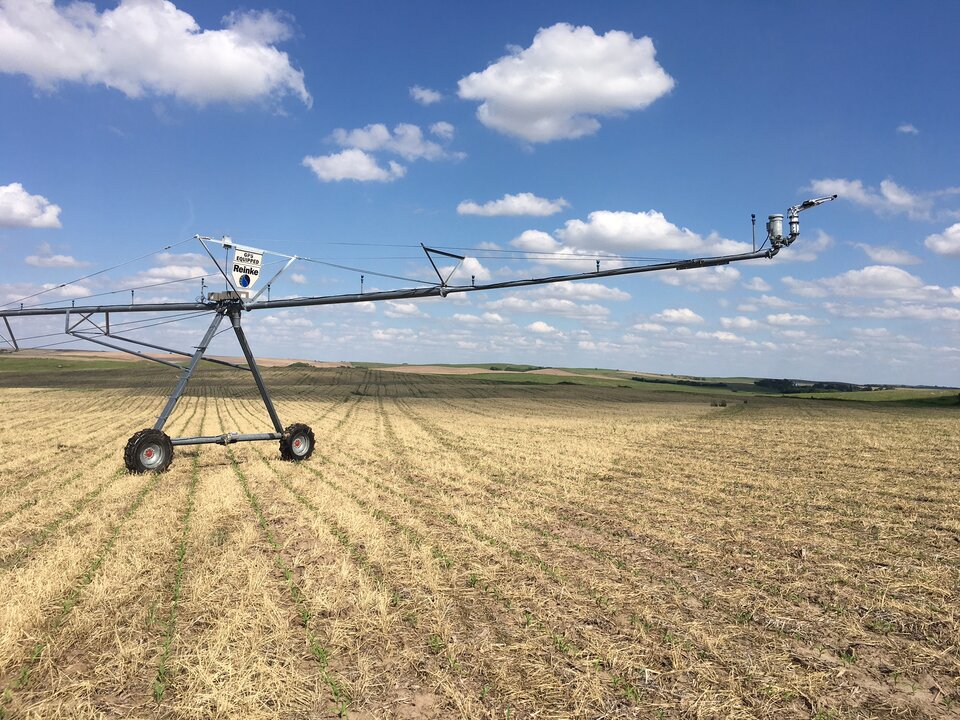Is Your Irrigation System Ready For the Season?

Is Your Irrigation System Ready for the Season?
It has been another wet spring here in Nebraska. This creates a challenge for the local farmers to get in the field and get all the spring work wrapped up. As wet as it has been, most producers have probably not started thinking about the irrigation equipment. Now is a good time to do a quick evaluation of the pumping plant, well, and center pivot to ensure they are in good working order before we have to rely on them during the heat of the summer. Here are a few quick checks you can do to hopefully ensure a successful irrigation season.
1) Pumping Plants - Electric motors account for the majority of the pumping plants in Nebraska, about 55% according to 2013 NASS Irrigation Survey. They are relatively maintenance free but still need to be looked over. It is a good idea to change the oil in the unit every year. Next, open up the junction box and make sure the connectors are tight and have a good ground. Also check for frayed wires and damage from rodents.
Internal combustion engines need quite a bit more attention. Change engine oil and all filters. Check engine hours and refer to the manufactures service interval on valve adjustments and other service that may be needed. It would also be a good idea to run the Nebraska Extension App IrrigatePump to see where your well stacks up against the Nebraska Pumping Plant Criteria. This will give you an idea on the efficiency of the power unit and pump. In the current economic climate we want to be as efficient as possible.
2) Pump - The pump is a piece that is sometimes overlooked. Before you start irrigating in the spring make sure you start the dripper to get the line shaft bearings lubed. It needs 1 gallon of drip oil for every 100 feet of depth. Set the dripper for 1 drip every 5 seconds. The pump can only take oil so fast and you can't over oil them. Also make sure the dripper line is attached and the fittings are tight.
3) Center Pivot - The pivot will take a little more time to go through. Start by checking each tower: Check tire pressure and condition, check driveline knuckles for wear, drain water from gearboxes and top off with appropriate gear oil, visually inspect the tower box and the alignment system and then check operation. Once the system is up to pressure it is a good idea to check the system for leaks and operation of the sprinklers. If you find missing or inoperable sprinklers refer to the sprinkler chart that was developed for the system to find the correct replacement. If the system is on rolling or hilly terrain, regulators are also needed for uniform application and definitely should be checked. Check for proper operation by making sure there is not any water squirting from the side of any regulators. This is a sign that the rubber bladder has failed. Keep in mind that sprinklers and pressure regulators do have a life span. If your system is approaching 10 years old you might need to take a closer look at them. Uniformity of water application can suffer greatly if your sprinkler package is out of date.
These are just a few simple steps to take to check over your irrigation systems. If you want additional information please check out the Ag Production tab on our website at water.unl.edu, or contact me directly.
This article was reviewed by Chuck Burr & Aaron Nygren